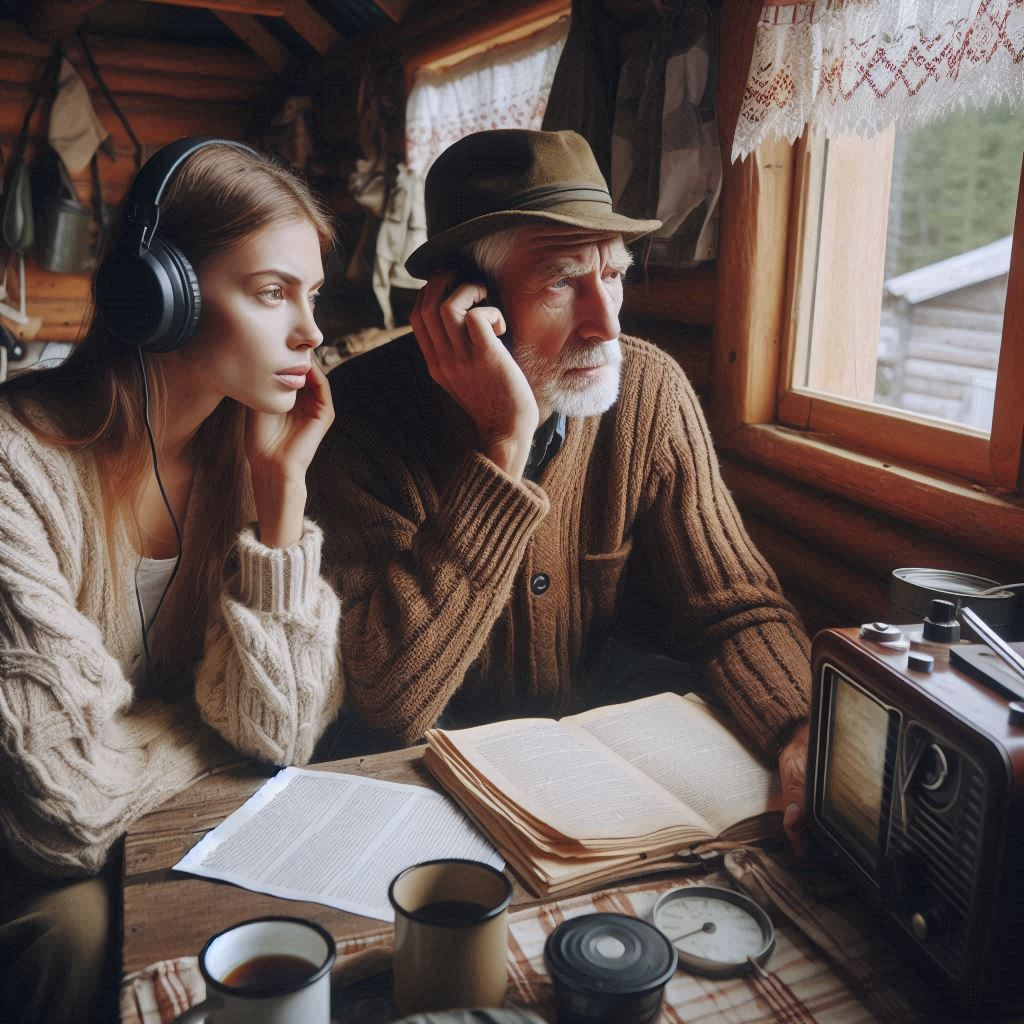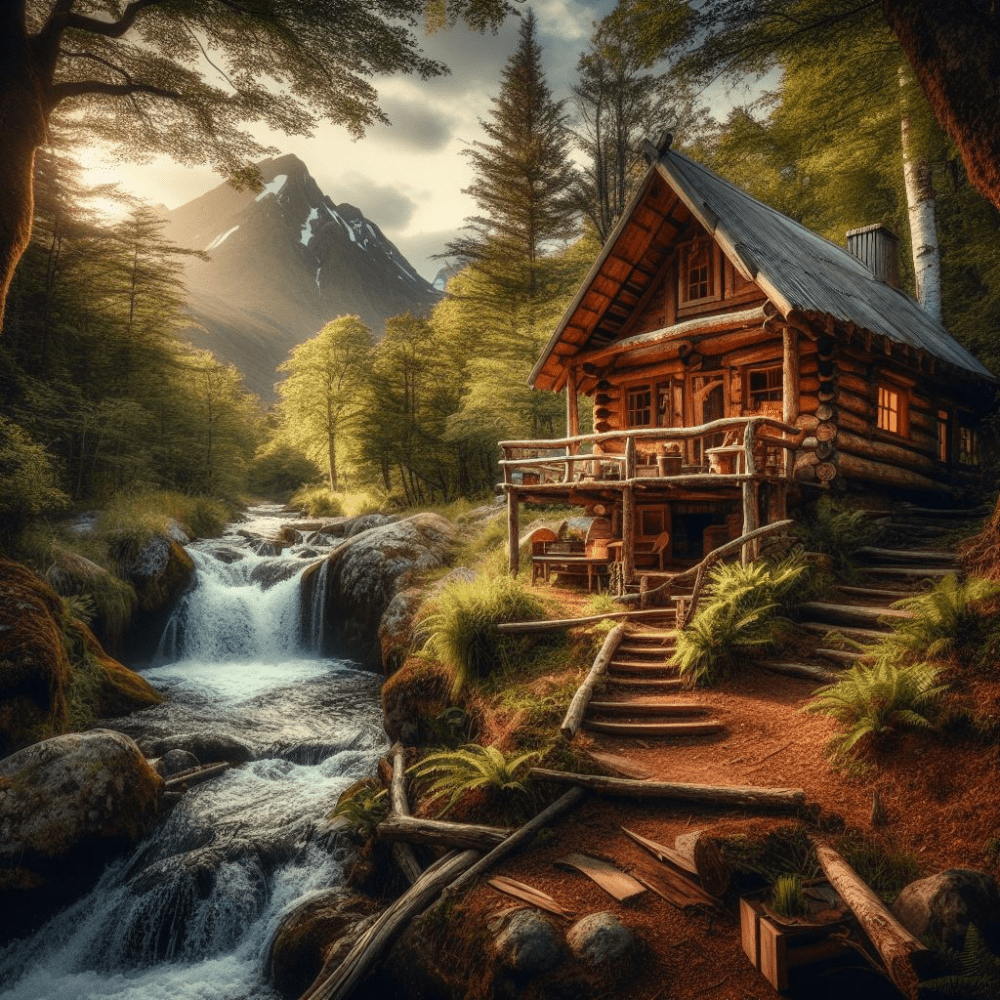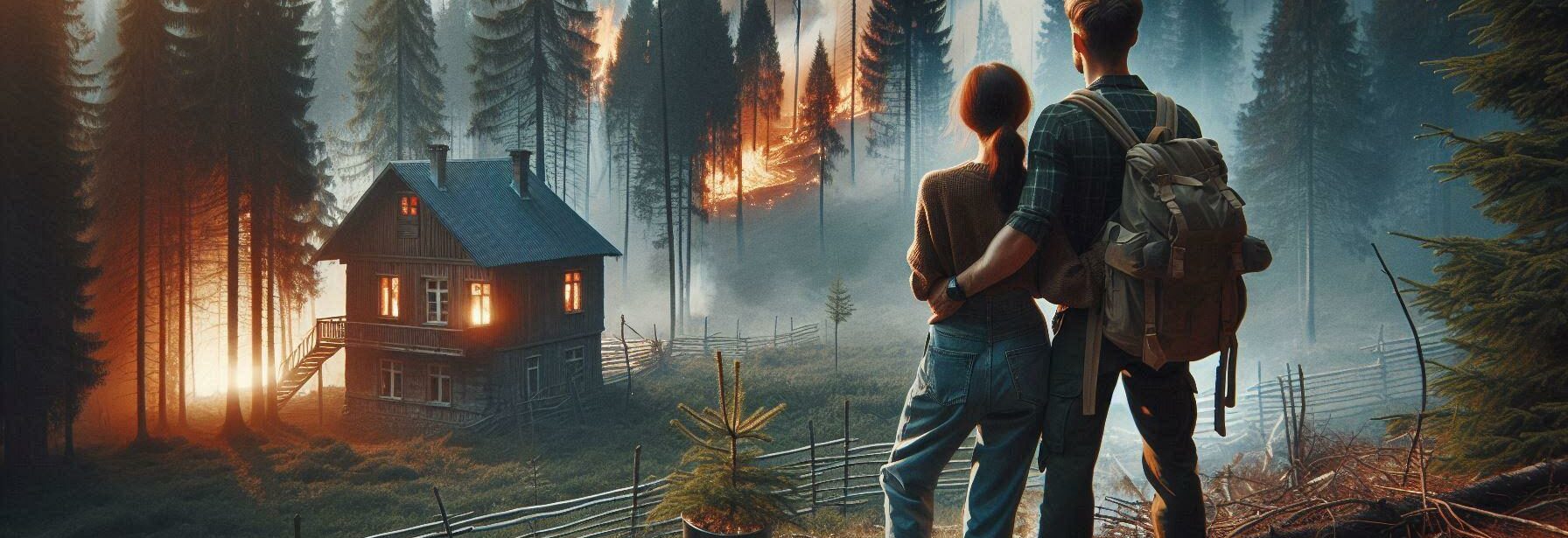Forest fires are no joke. It’s vital to understand the risks and be able to spot the signs early on. This can make all the difference in keeping yourself and your cabin safe.
The first thing to know is when conditions are ripe for a fire. Dry weather, low humidity, and high winds are a dangerous mix. If your area has gone without rain for a while and weather reports are putting out red flag warnings, it’s time to heighten your alertness.
Fire behavior is another crucial aspect. Fires can spread quickly, especially uphill. Flames can easily leap across roads and rivers, so don’t assume they can’t reach you if there’s a bit of distance.
Looking out for early warning signs is a must. Smoke in the distance, ash raining down, or even the smell of smoke can all indicate a fire nearby. Don’t wait for an official evacuation order to start getting ready to leave.
Knowing your local Fire Danger Ratings can help you stay informed. These ratings, often displayed on signs around your community or available online, can tell you the current level of fire risk. Ranges from low to extreme help to gauge how worried you should be on any given day.
Creating a Defensible Space Around Your Cabin
Creating a defensible space around your cabin is key to protecting it from forest fires. This space works as a buffer zone that helps slow down or stop the spread of a fire.
First off, clear out any vegetation and debris from around your cabin. Dead leaves, dry grass, and fallen branches are like kindling waiting to catch fire. Keep this area at least 30 feet out from your cabin as clear as possible.
Fire-resistant landscaping is your friend here. Planting fire-resistant shrubs and trees can make a big difference. These plants are less likely to ignite and can help keep fires from spreading. Opt for plants with high moisture content, like succulents or certain types of perennials.

Creating safe zones and buffers is another smart move. These are clear sections around your cabin that don’t contain anything flammable. Think gravel paths, rock gardens, or even patios. They act as breaks that slow down the fire.
Regular maintenance is essential. Trim trees and bushes regularly to keep them from getting too overgrown. Also, make sure to keep grass short and well-watered. Dry, unkempt grass is a fire hazard waiting to happen.
Hardening Your Cabin Against Fire
Hardening your cabin means making it tougher for fire to cause damage. Start by using fire-resistant building materials. If you’re in the process of building or renovating, consider using non-combustible materials like metal, brick, or stucco for your exterior walls and roof.
Sealing gaps and vents is another critical step. Small embers can blow into tiny openings and start a fire inside your home. Install ember-resistant vent covers and use fire-resistant caulk to seal any cracks or gaps around windows, doors, and your roof.
Upgrading windows and doors can also provide added protection. Double-pane or tempered glass windows are more resistant to heat. Metal doors offer better protection than wooden ones. Also, think about installing exterior shutters that you can close in the event of a fire.
Adding ember-resistant features around your property helps too. These might include spark arresters in your chimney and screens on gutters to prevent leaves and debris from accumulating. These small changes can significantly reduce the chance of embers causing a fire in your cabin.
Emergency Preparedness and Evacuation Planning
Planning for an emergency well ahead of time can save lives and reduce panic. Start by creating a solid evacuation plan. Know the routes you can take and have multiple backups in case your main route is compromised. Everyone in your home should know these routes by heart.

Having emergency supplies and go-bags ready is crucial. Pack essentials like water, non-perishable food, important documents, medications, and a first aid kit. Don’t forget about pets – have their food and any necessary supplies packed and ready, too.
Your communication plan is just as important. Make sure everyone knows where to meet up if you get separated and have a list of emergency contacts. It’s wise to include someone out of the immediate area who can act as a central point of contact.

Stay informed and alert. Sign up for local emergency alerts and keep an eye on weather reports. Have a battery-operated radio in case the power goes out. The more you know, the better prepared you’ll be to act swiftly if a fire heads your way.





